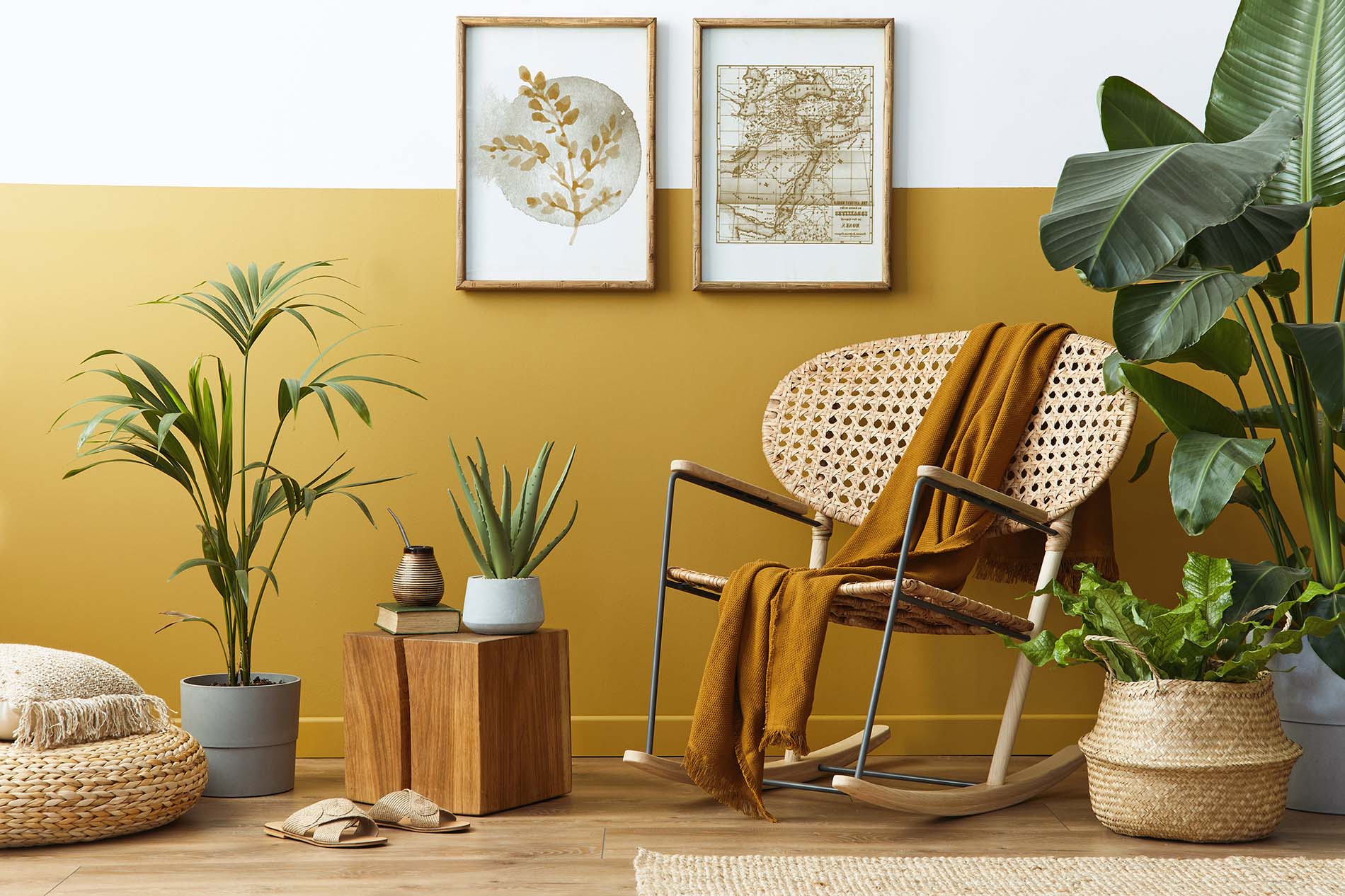Our latest blog posts
-

Which Plants Can Be Planted in a Closed Terrarium?
-

Tips to care for your new plant friend
-

Houseplant tips

If you're in search of a striking and elegant houseplant that instantly transforms your interior, then the Alocasia Zebrina, also known as the Zebra Plant, is the perfect choice. With its eye-catching striped stems and lush green leaves, this plant is a true showstopper. In this blog, you'll discover everything about caring for the Alocasia Zebrina, how to propagate it through cuttings, and why it sometimes develops drooping leaves.
The Alocasia Zebrina has specific care requirements to thrive to its fullest. Here are some important care tips:
Light and Placement: This houseplant prefers bright, indirect light. Place it near a north or east-facing window where it receives ample brightness without direct sunlight.
Temperature: The Alocasia Zebrina thrives best at moderate room temperatures between 18°C and 25°C (64°F - 77°F). Avoid extreme temperature fluctuations and drafts as they can damage the plant.
Watering: The Alocasia Zebrina appreciates moist soil, but be cautious not to overwater. Allow the top layer of soil to slightly dry out between waterings. Water regularly, especially during the growing season, and reduce watering frequency during winter months.
Humidity: This tropical plant enjoys high humidity. You can increase humidity by misting the leaves regularly with water or by placing a humidifier near the plant.
If you want to enjoy more Alocasia Zebrina plants in your home, you can propagate the plant through cuttings. Here's a simple step-by-step guide to get you started:
Select a healthy mature plant and look for a healthy shoot or "baby" located at the base of the plant.
Use a sharp and clean knife or pruning shears to carefully cut the shoot from the parent plant. Ensure the cutting has at least one or two leaves and some root nodes.
Fill a pot with moist potting soil or a mixture of potting soil and perlite. Create a small hole in the soil and place the cutting in it.
Cover the pot with a plastic bag or a transparent plastic dome to create a humid environment that promotes root growth.
Place the pot in a warm spot with bright, indirect light. Make sure to keep the soil moist but not soggy.
After a few weeks, you'll notice new root growth and leaf development. At this point, you can remove the plastic cover and treat the plant as a mature Alocasia Zebrina.
Why do Alocasia Zebrina leaves sometimes droop? It's important to understand that the Alocasia Zebrina naturally develops drooping leaves, especially in response to certain environmental factors. Some possible reasons for drooping leaves are:
Overwatering: Excessive watering can lead to root rot, which, in turn, can result in drooping leaves. Ensure you only water the plant when the top layer of soil feels dry.
Underwatering: On the other hand, insufficient watering can also cause drooping leaves. Regularly check the soil moisture and water accordingly.
Low humidity: The Alocasia Zebrina thrives best in high humidity. If the humidity in your home is low, it can result in drooping leaves. Consider using a humidifier or placing the plant on a tray of water to increase humidity.
The Alocasia Zebrina is a stunning houseplant that adds a touch of tropical beauty to your home. With proper care, including appropriate lighting conditions, watering, and humidity, this plant will thrive and provide you with years of enjoyment. Also, consider trying your hand at propagating the Alocasia Zebrina to expand your collection. So, what are you waiting for? Bring home an Alocasia Zebrina today and delight in its quirky character and beauty!
Also read:



Subscribe and get 10% discount on your first order
